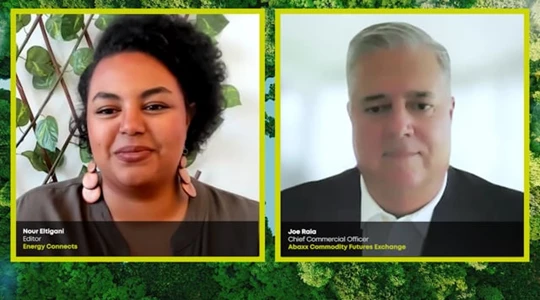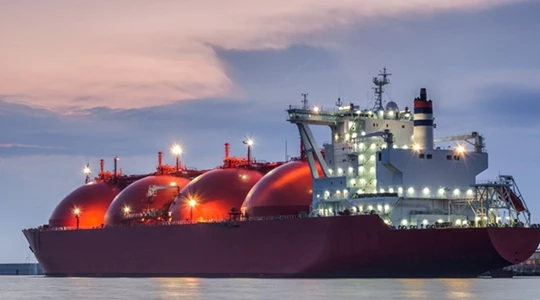Priorities and enablers for India to realise net zero by 2070 targets
In November 2021, at COP26, the Hon’ble Prime Minister of India, Shri Narendra Modi, pledged that India would cut its emissions to net zero by 2070, and set key milestones to prioritise this path. The Prime Minister said that by 2030, the country’s carbon emissions would be reduced by one billion tonnes, and that India’s emissions relative to its GDP would be curbed by 45% from 2005 levels.
These targets are, however, subject to the availability of international financial and technological assistance. At COP26, the Prime Minister stated that India expected developed countries to provide climate finance of US $1 trillion at the earliest.
Over the next few decades, it is a challenging task for India to manage the emission targets amidst population growth, rapid urbanisation, increased manufacturing, mining and infrastructure development activities, and unprecedented growth in energy demand.
While the emission reduction needs a gradual sector-oriented tracking approach, a good starting point is decarbonising India’s energy mix, which primarily constitutes fossil fuels e.g., coal (44%), petroleum and associated liquids (24%), traditional biomass and waste (21%), and natural gas (6%), with alternative and renewable energy (such as solar, wind and hydropower) accounting for a small but growing share as per IEA estimate. With the robust energy policy framework, this energy mix can be steered towards a low carbon intensive energy mix.
Integrated gasification combined cycle (IGCC), fluidised bed combustion, and carbon capture, utilisation and storage (CCUS) technologies at large scale and lower cost are some of the crucial interventions to minimise Greenhouse Gas (GHG) emissions from India’s coal-fired power plants. These are also relevant for achieving the country’s net-zero target as more than two-thirds of coal demand in India is for power generation responsible for about one-third of India’s GHG emissions. Propagating the co-firing of biomass at these plants can go a long way too.
TACKLING EMISSIONS FROM OIL AND GAS OPERATIONS
Amid growing domestic fuel demand, the government has been consistently upgrading its hydrocarbons policies to spur oil and natural gas exploration and production (upstream), and refining & distribution (downstream), while encouraging the development and implementation of more carbon-friendly technologies in these areas. Investments by India’s upstream operators for on-site renewable-power generation and increasing adoption of technologies that reduce flaring and emissions, such as CCUS, can chart a cleaner pathway into the next few decades.
INVESTMENT IN DEVELOPING ALTERNATIVE ENERGY SOURCES
Incentivising the production of alternative fuels, such as hydrogen, which can store vast quantities of clean energy for longer durations, may prove to be the grail enabling India’s emission levels to reach net zero. Union Cabinet of the Govt. of India, recently, approved the National Green Hydrogen Mission with an initial outlay of 19,744 Crore to decarbonise major sectors of Indian economy. This will give a strong push for rolling out the green hydrogen program through development of robust infrastructure catering to green hydrogen supply chain.
KINDLING EFFORTS TO CURB BURNING OF BIOMASS
Expanding the usage of affordable clean-cooking fuels and technologies can enable nearly 660 million Indians to transition from using traditional biomass, which is largely burnt for cooking and heating in rural areas, thereby reducing their GHG emissions substantially.
Meanwhile, initiatives to boost domestic use of modern solid biomass for power generation, industry and transport can help India amass significant mileage on its path to net zero. As per National Policy on Biofuels-2018 Amendment, 2022, Govt. of India has advanced the target of 20% ethanol blending in petrol by Ethanol Supply Year (ESY) 2025-26 from the existing share of ethanol in the blended petrol at slightly more than 10% in 2022 as per National Policy on Biofuels-2018 Amendment, 2022. These efforts along with electrification of heavy industry, increasing the share of renewables to decrease the CO2 footprint of the grids etc., could be a gamechanger to curb carbon emissions.
LEADING THE DEVELOPING WORLD IN ZEROING IN ON EMISSIONS
At COP27, India’s government laid out long-term steps that it plans to take on its low-emissions development path towards justly, sustainably and all-inclusively achieving its net-zero target, particularly, choosing to focus on increasing the country’s green-hydrogen and nuclear-power production capacities; biofuels usage; electric-vehicle penetration; and mass-transport usage for passenger and freight.
India may be the world’s third largest primary-energy consumer but its per capita energy consumption is still almost one third the world average standing at 0.6 tons of oil equivalents (toe). As the country curbs its emissions, it is poised to contribute 25% of global energy consumption over the next two decades, according to the IEA.
India Energy Week — the primary energy-industry event under the Indian government’s Presidency of the G20, an intergovernmental grouping of countries that represent over 80% of the world’s GDP, 75% of international trade, and 60% of the Earth’s people — is a unique opportunity for India to share its low carbon intensive technologies and initiatives with the rest of the world, and vice versa. More importantly, it enables India to provide the rest of the developing world with a framework for meeting their respective net-zero goals, and give a platform for India to voice their needs, in order to enable the Global South to justly transition, as a whole.
Energy Connects includes information by a variety of sources, such as contributing experts, external journalists and comments from attendees of our events, which may contain personal opinion of others. All opinions expressed are solely the views of the author(s) and do not necessarily reflect the opinions of Energy Connects, dmg events, its parent company DMGT or any affiliates of the same.
KEEPING THE ENERGY INDUSTRY CONNECTED
Subscribe to our newsletter and get the best of Energy Connects directly to your inbox each week.
By subscribing, you agree to the processing of your personal data by dmg events as described in the Privacy Policy.















